How to Identify When You Need Tree Services
Understanding the health and maintenance needs of the trees on your property is essential. Trees can add value, beauty, and environmental benefits to any space, but they also require attentive care. While trees are often a symbol of strength and longevity, they can become vulnerable over time due to age, disease, or environmental factors. Let's explore the key indicators that it might be time to call in the experts for professional tree services.
Visible Signs of Tree Damage
The health of a tree can often be gauged by visual inspection. One of the most obvious signs of trouble is damage to the bark. The bark acts as a protective layer, and missing or damaged bark can expose the tree to pests and disease. Such damage could be a result of physical trauma from storms, animal activity, or even previous poor pruning practices.
Deep cracks in the trunk are another indicator of potential issues. These splits can weaken the structural integrity of the tree and make it more susceptible to falling during storms. Regular inspections can help detect these fissures early, preventing potential damage to property or injury to individuals. According to West Bend, falling trees and branches cause an estimated $1 billion dollars a year in property damage. Many of these incidents could be avoided with vigilant care and timely intervention.
Dead or falling branches are not just an aesthetic issue but often signal that a tree is in distress. Trees shed branches in response to stress, whether due to disease, drought, or root damage. Frequent shedding should be viewed as a cry for help and a sign that professional assessment is needed. The presence of dead branches also poses a safety risk, as they can fall unexpectedly and cause harm or damage. Professional tree services can assess the underlying cause and take action to restore the tree's health.
Signs of Pest Infestation
Pests can be a significant threat to the health of trees, often acting as carriers for disease or causing direct damage. Boring insects, for instance, can severely damage a tree by tunneling through its bark and wood. This creates small holes that weaken the tree's structure and make it more likely to succumb to other stress factors. Additionally, sawdust at the base of the trunk is a telltale sign of such pest activity. Professional pest control and tree services are often necessary to manage infestations and protect trees.
In some cases, the presence of webbing or nests in trees can indicate a different kind of pest threat, such as spiders or caterpillars. These pests can defoliate trees, weakening them over time and making them more vulnerable to environmental stressors. While spiders themselves might not be harmful, the caterpillars they protect can be devastating to foliage. A sudden increase in bird or animal activity around a tree might also suggest an underlying pest issue.
Leaves that are chewed or discolored can also indicate a pest problem. Insects often feed on leaves, and the damage they inflict can hinder photosynthesis, critical for a tree's growth and health. Furthermore, the presence of sticky sap or substances on leaves or bark typically points to sap-sucking pests like aphids or scale insects. These pests not only damage the tree directly but can also attract other insects or lead to mold growth.
Environmental Changes
Environmental conditions can also play a significant role in the health of your trees. Soil saturation and waterlogging can cause root rot, suffocating the roots and ultimately leading to tree decline. Heavy or persistent rainfall, poor drainage, or changes in nearby construction can lead to such conditions. Recognizing early signs of distress in such circumstances is vital for preserving tree health. A professional assessment by tree services can determine the best course of action to improve drainage and protect the roots.
Extreme weather events, such as storms, heavy rains, or high winds, can have a severe impact on trees. These events can lead to physical damage, such as broken branches, or weaken roots, causing structural instability. Trees exposed to these elements may need professional structural support or pruning to prevent further damage. Furthermore, long-term environmental changes, such as shifts in soil composition due to construction or erosion, can affect a tree's ability to absorb nutrients and water.
Drought conditions can stress trees by limiting the water necessary for their survival. Insufficient water supply can weaken the tree, making it more prone to pests and diseases. Additionally, changes in light exposure, such as those caused by the removal of neighboring trees, can alter a tree's growth pattern and photosynthetic efficiency. Ensuring that trees receive the right balance of sunlight, water, and nutrients is crucial for their health.
Indicators of Disease
Diseases can significantly impact tree health, and early detection is crucial for effective treatment. One of the first signs of disease can be unusual leaf discoloration. Leaves turning yellow or brown out of season could indicate nutrient deficiencies or more severe health issues. The presence of spots or blisters on leaves may also suggest a fungal or bacterial infection. Regular monitoring and soil testing can help identify the root cause and guide treatment options.
Wilting or unseasonal leaf drop is another indicator of potential disease. Trees dropping leaves outside their typical shedding period might be experiencing stress or disease. Observing patterns in leaf drop and comparing them with tree health could provide valuable insights into underlying issues. Similarly, black or discolored sap might seep from the trunk in response to infection or injury, indicating the tree's defenses are compromised. Diagnostic tests and professional guidance from tree services can aid in identifying and resolving these issues.
Tree cankers, sunken or dead patches on the trunk or branches, are frequently tied to bacterial or fungal infections. These can lead to decay and structural weaknesses if left unaddressed. Moreover, stunted growth might indicate deeper health problems affecting the tree's ability to grow. Regular inspections by certified tree services can help identify these signs early on, allowing for timely interventions. These professionals can recommend treatments that may save the tree or decide when it might be appropriate to consider removal.
Structural Instability
Structural integrity is vital for the safety and longevity of a tree. Root exposure often indicates erosion or the gradual uprooting of a tree. This can lead to instability, particularly in storms or windy conditions. Trees with exposed roots may face difficulties in nutrient uptake, leading to further health decline. Hiring tree services to act promptly can prevent costly property damage and protect human safety.
Cavities within the trunk can compromise the safety and stability of a tree. These hollow areas often result from damage or decay and may not be immediately apparent without careful inspection. Typically, the risk of tree failure from cavities increases as they grow larger. Regular assessments by professionals can help determine the severity of decay and recommend appropriate measures. Remember that falling trees and branches contribute to significant property damage, reinforcing the need for preventive care.
Branch union damage, such as a broken or weakened joint between branches, poses another threat to tree stability. Also, overhanging limbs that stretch toward structures or power lines need to be evaluated for the potential risks they pose. Weak branch attachments, particularly those appearing V-shaped, are common points of failure in strong winds. Professional pruning can reinforce these weak spots, helping distribute weight more evenly throughout the tree.
Monitoring the condition of the trees on your property not only ensures their health and aesthetic appeal but also safeguards your home and surroundings. If any of the outlined issues are present, it's advisable to seek professional tree services from our team at Traditional Tree Service in Suffolk County to ensure safety and maintain the beauty of your landscape. Serving Suffolk County, get in touch with our locally owned and operated business today to schedule a service!
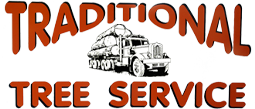
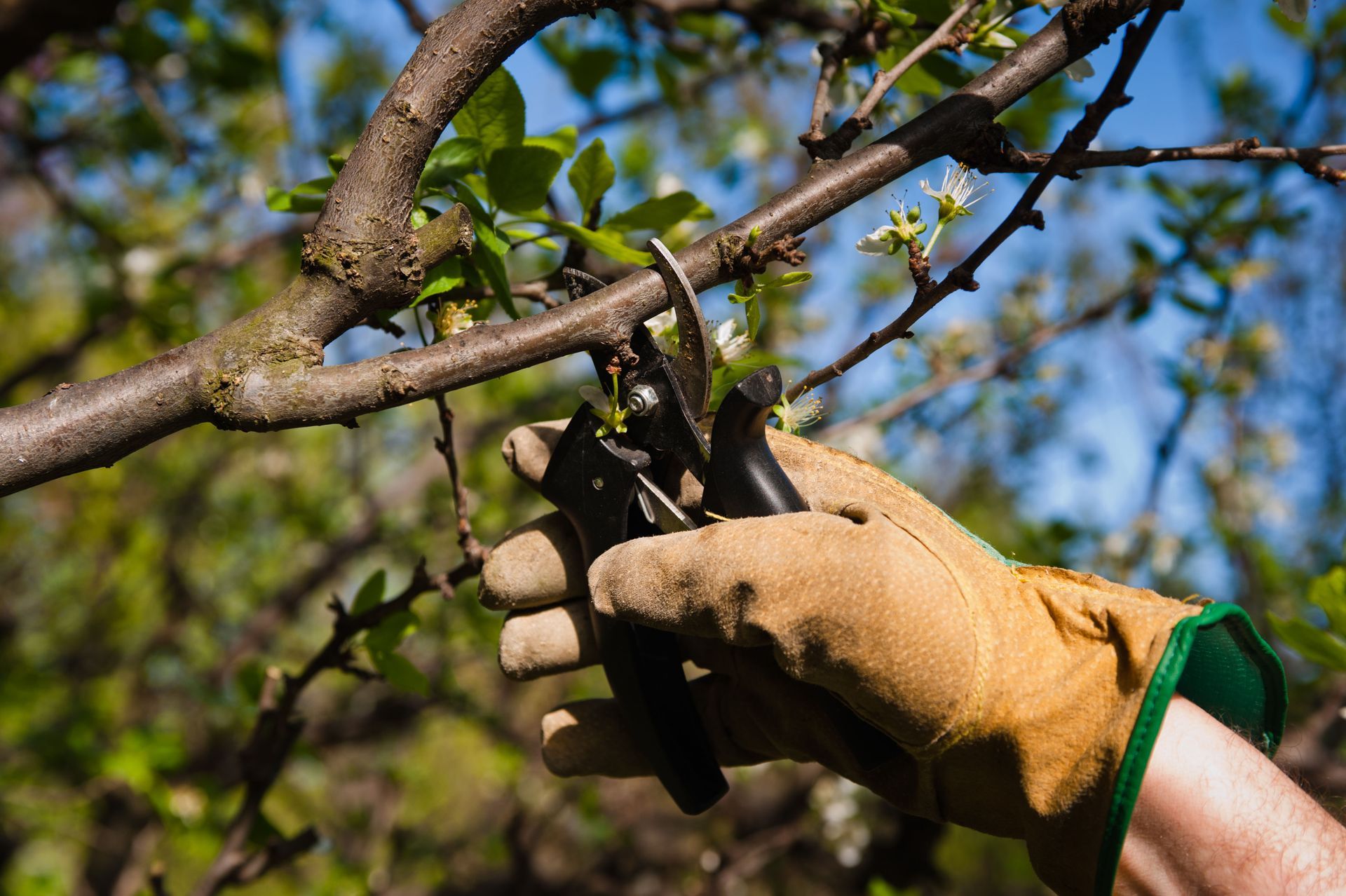
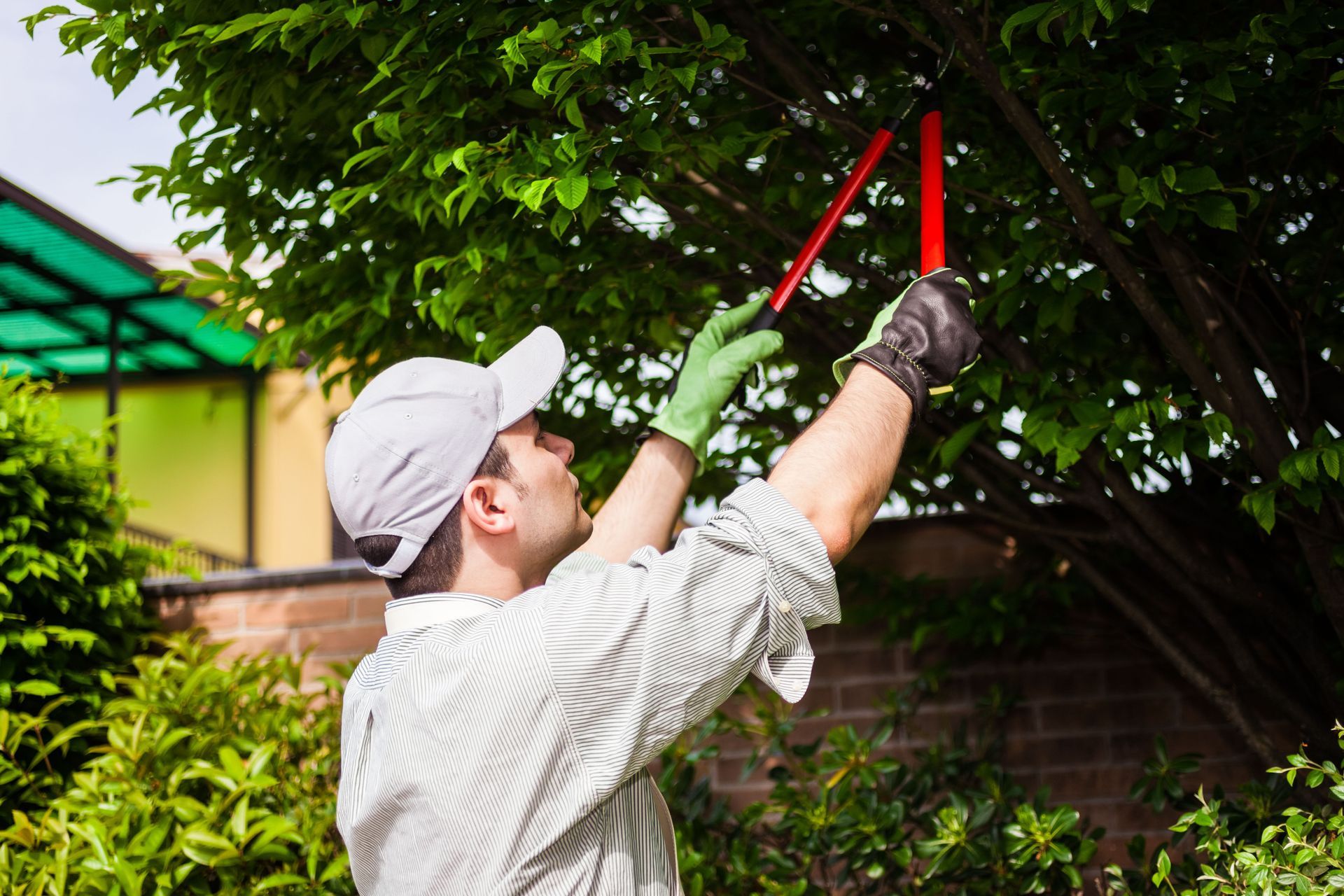
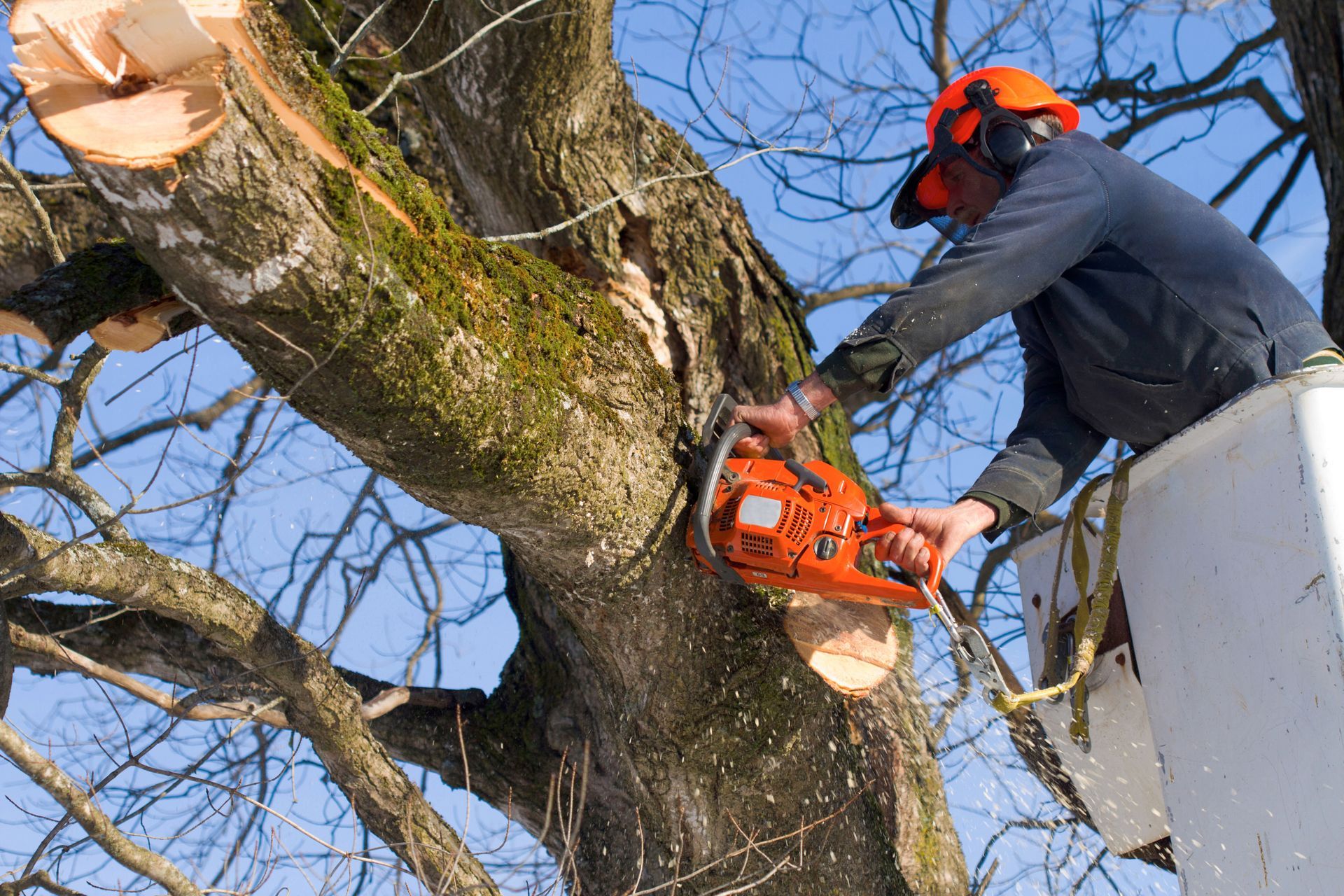
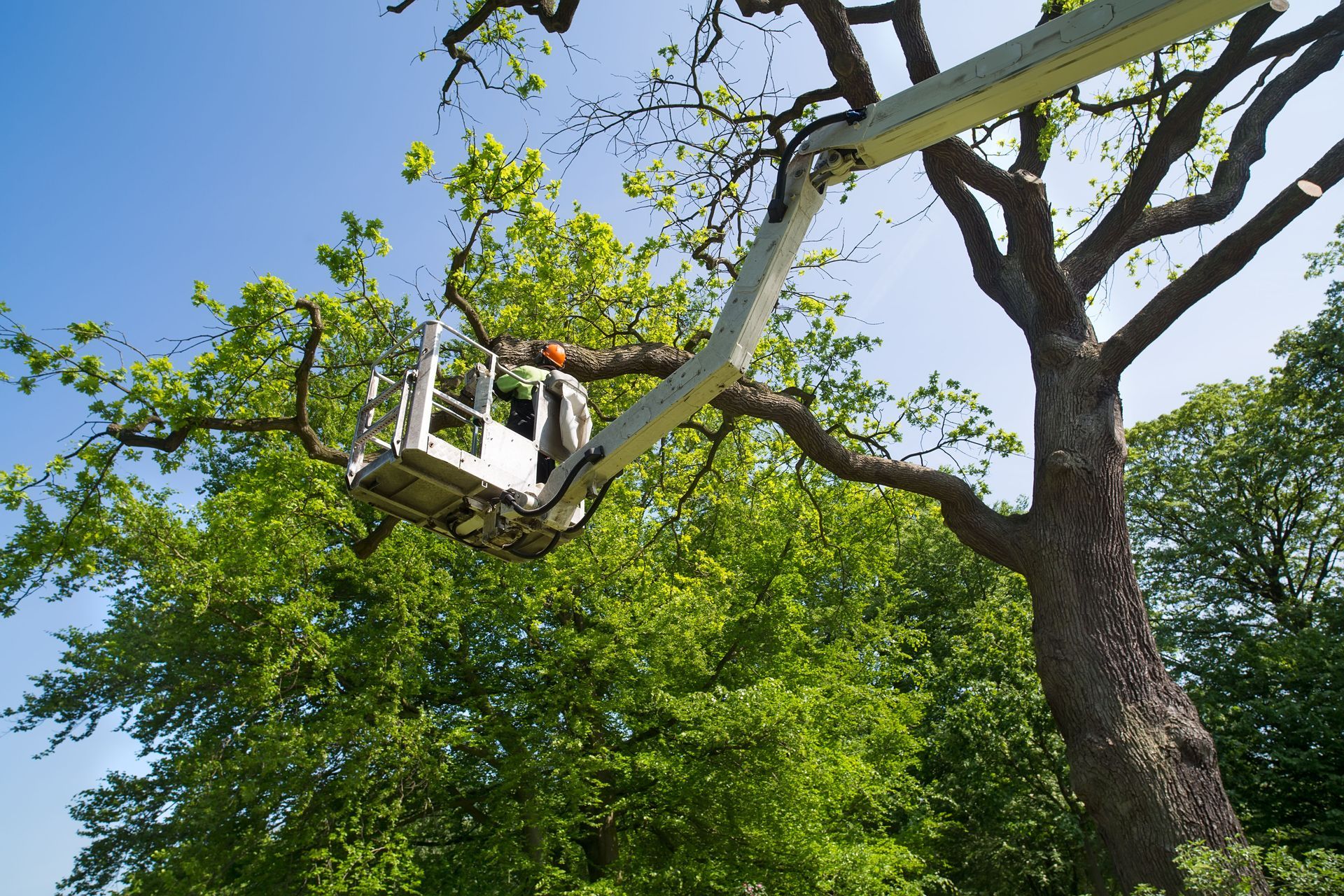
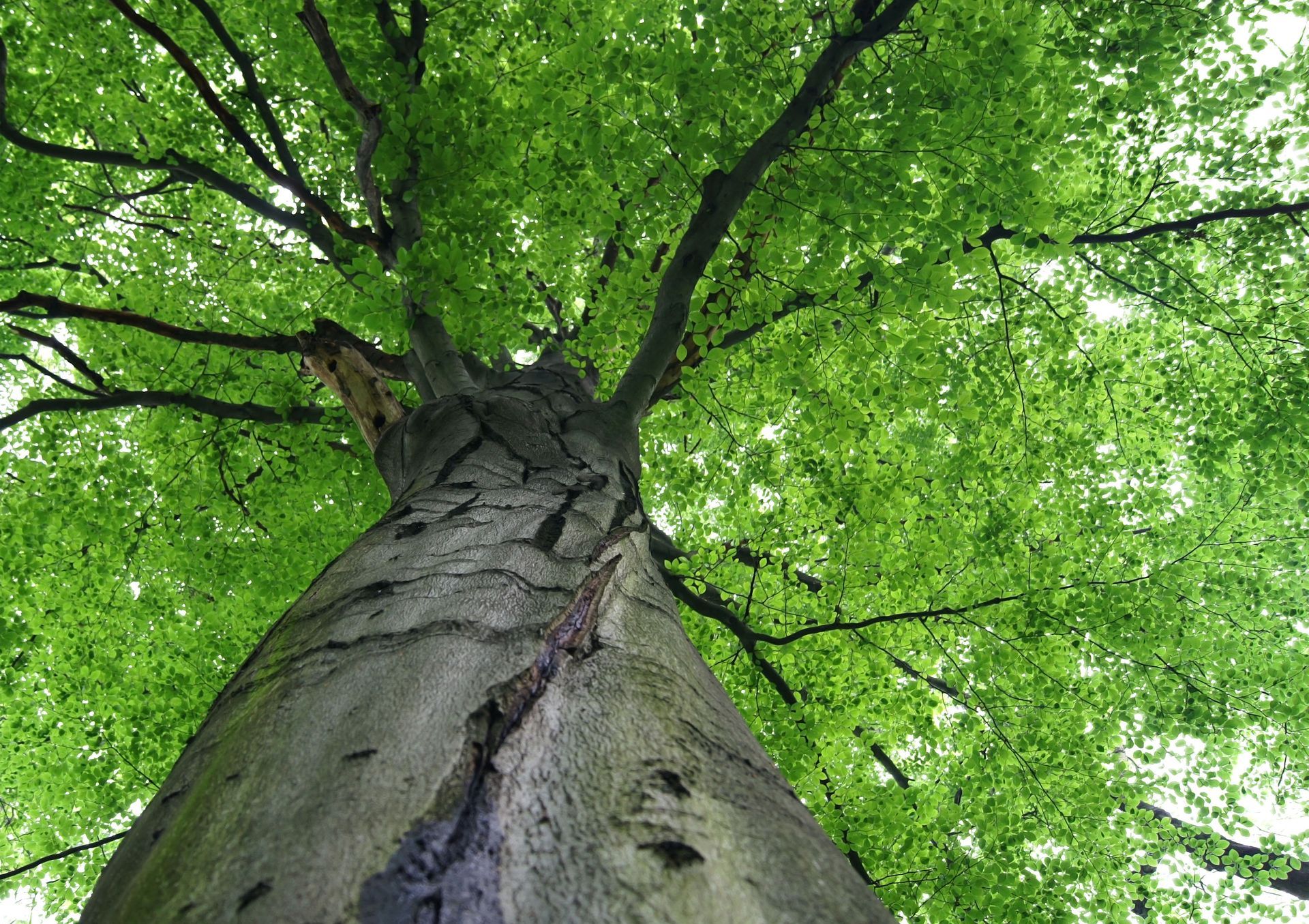
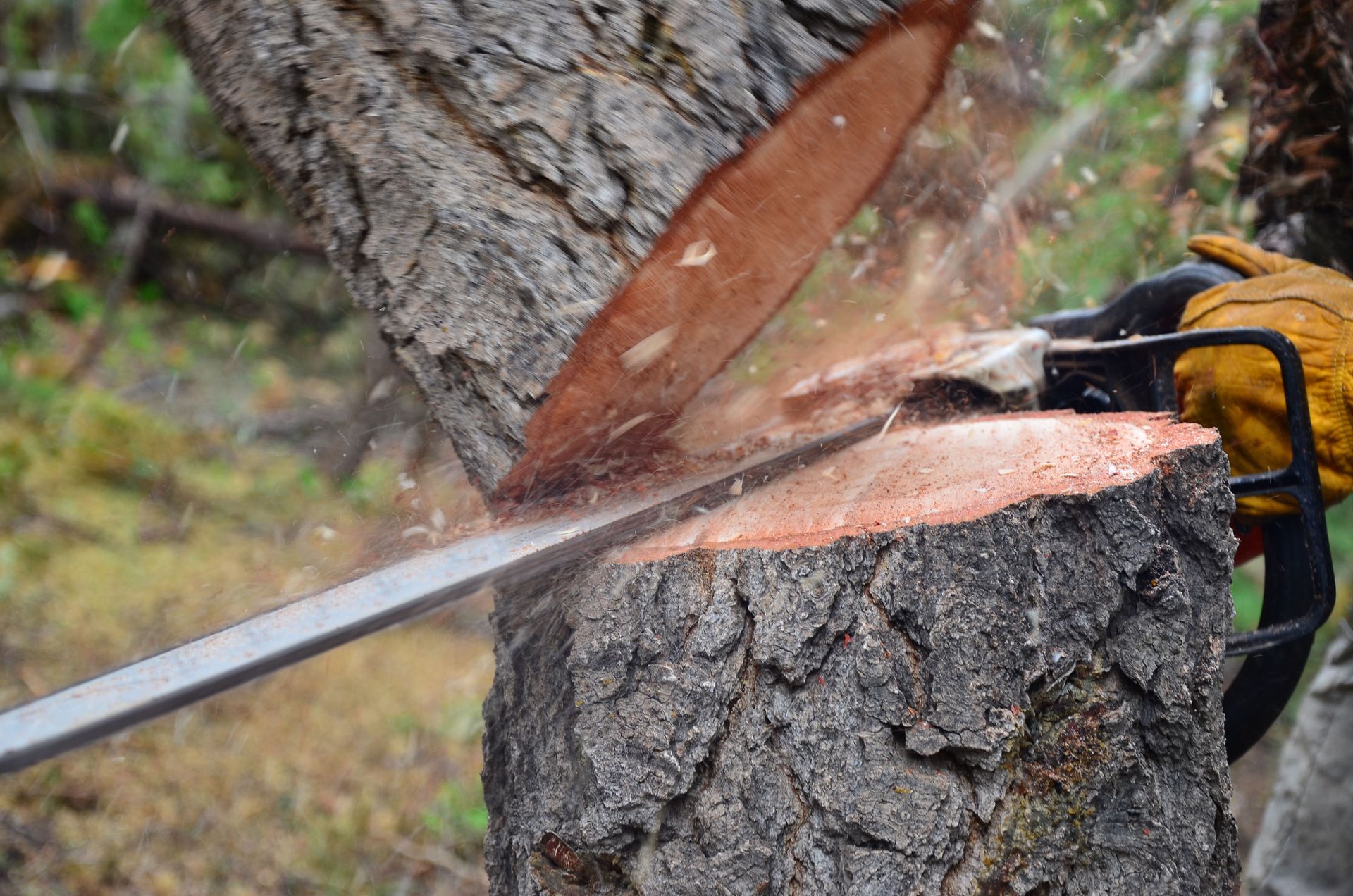
Share On: